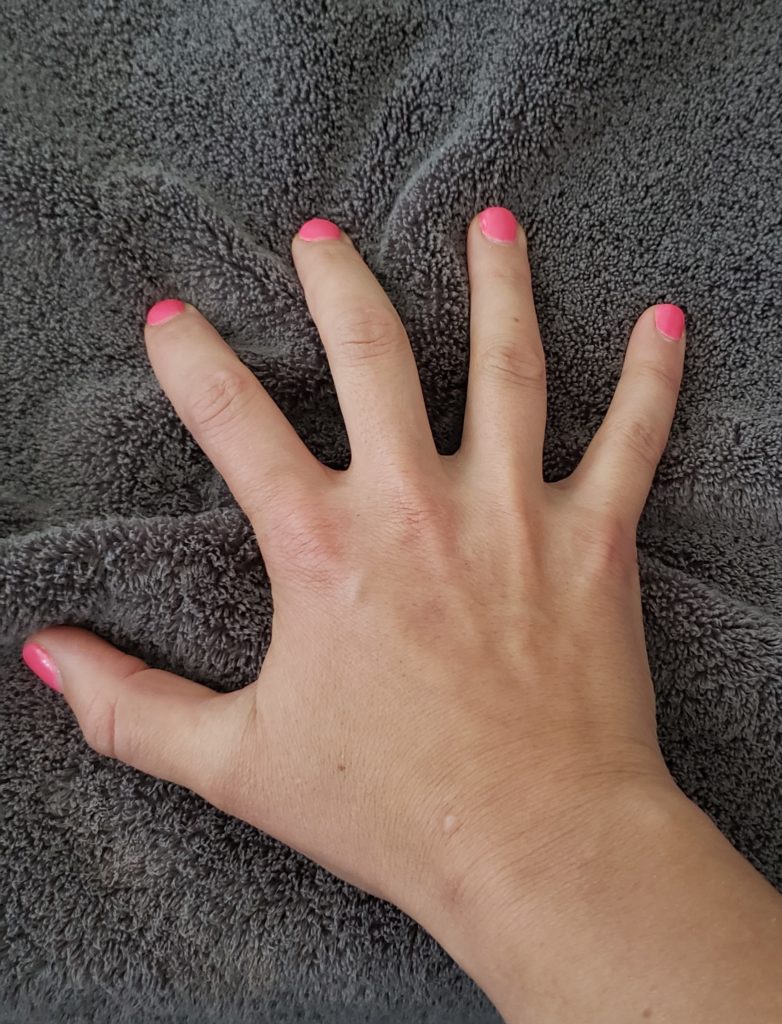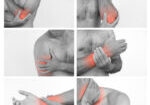What is the difference between therapeutic exercise vs therapeutic activity?
Therapeutic exercise is billed as 97110 and Therapeutic activity is billed as 97530. Both are CPT codes that are commonly used in occupational and physical therapy billing.
These codes are very similar and are often confused. So, when and what do you document for each of these codes?

The therapeutic exercise code is not considered a dynamic code. It typically involves looking only at one parameter being measured such as active range of motion, prom, a/arom, endurance or strength. All of these are separate activities and therefore billed under therapeutic exercise.
Therapeutic activity typically is considered a dynamic activity and usually looks at multiple parameters, these could even be functional parameters. It is typically used when you are looking at range of motion and strength, or range of motion and endurance, etc.
For example, if you were having a patient use Puttycise tools this would be looking at range of motion as well as strength, therefore would be billed under Therapeutic Activity. Pushing a cart or cooking would be considered therapeutic activity as well. Therapeutic activities typically are real life movements or simulated activities of real life.
You can often think of Therapeutic Exercise as being the building block for Therapeutic Activity. For instance, if you are working with a patient with a tendon laceration initially you may be having the patient perform gentle short arc range of motion, once the patient has progressed and can safely perform towel walking with light resistance, now the movement is therapeutic activity, as a second parameter has been added to the first.


Questions, please shoot us a quick note on ‘therapeutic activity vs exercise‘ topic! Thanks for reading.
3 Comments
Leave a Comment
More To Read
What is the incidence of musculoskeletal complaints in the elbow, shoulder, and neck after hand and forearm injuries?
Winiarski, L. M., Livoni, J. D., Madsen, P. V., Rathleff, M. S., & Larsen, P. (2021). Concurrent musculoskeletal complaints in elbows, shoulders, and necks after common hand and forearm injuries or conditions: A cross-sectional study among 600 patients. Journal of hand therapy: official journal of the American Society of Hand Therapists, 34(4), 543–548. https://doi.org/10.1016/j.jht.2020.05.002 The Skinny: The…
Read MoreArticle Review: Trapeziectomy and LRTI: What can patients with CMC osteoarthritis expect 12 months after the procedure?
Janakiramanan, N., Miles, O., Collon, S., Crammond, B., McCombe, D., & Tham, S. K. (2021). Functional Recovery Following Trapeziectomy and Ligament Reconstruction and Tendon Interposition (Trapeziectomy and LRTI): A Prospective Longitudinal Study. The Journal of hand surgery, S0363-5023(21)00304-X. Advance online publication. https://doi.org/10.1016/j.jhsa.2021.04.036 The skinny: Patients with trapeziometacarpal (TMC) osteoarthritis who are candidates for a trapeziectomy and…
Read MoreEffectiveness of Conservative Therapy and Splinting for 1st CMC OA
Tsehaie, J., Sprekraijse, K., Wouters, R., Slijper, H., Feitz, R., Hovious, S., & Selles, R. (2018). Outcome of a Hand Orthosis and Hand Therapy for Carpometacarpal Osteoarthritis in Daily Practice: A Prospective Cohort Study. American Society for Surgery of the Hand, 1-11. The skinny: Non-surgical approaches (hand therapy & orthotics) are typically the go-to for…
Read MoreComparing IP and MCP joint splinting for Trigger Finger
Teo, S. H., Ng D. C., Wong, Y.K.(2018). Effectiveness of proximal interphalangeal joint blocking orthosis vs metacarpophalangeal joint blocking orthosis in trigger digit: A randomized clinical trial. Journal of Hand Therapy, 1-7. The Skinny- This study compared PIP joint immobilization via an Oval-8TM with a custom MCP blocking orthosis in the treatment of trigger finger. …
Read MoreSign-up to Get Updates Straight to Your Inbox!
Sign up with us and we will send you regular blog posts on everything hand therapy, notices every time we upload new videos and tutorials, along with handout, protocols, and other useful information.







Nice blog
Thank you!! There will be more to come!
Simple direct explanation!! I’m adding this to my student handbook for my fieldwork students